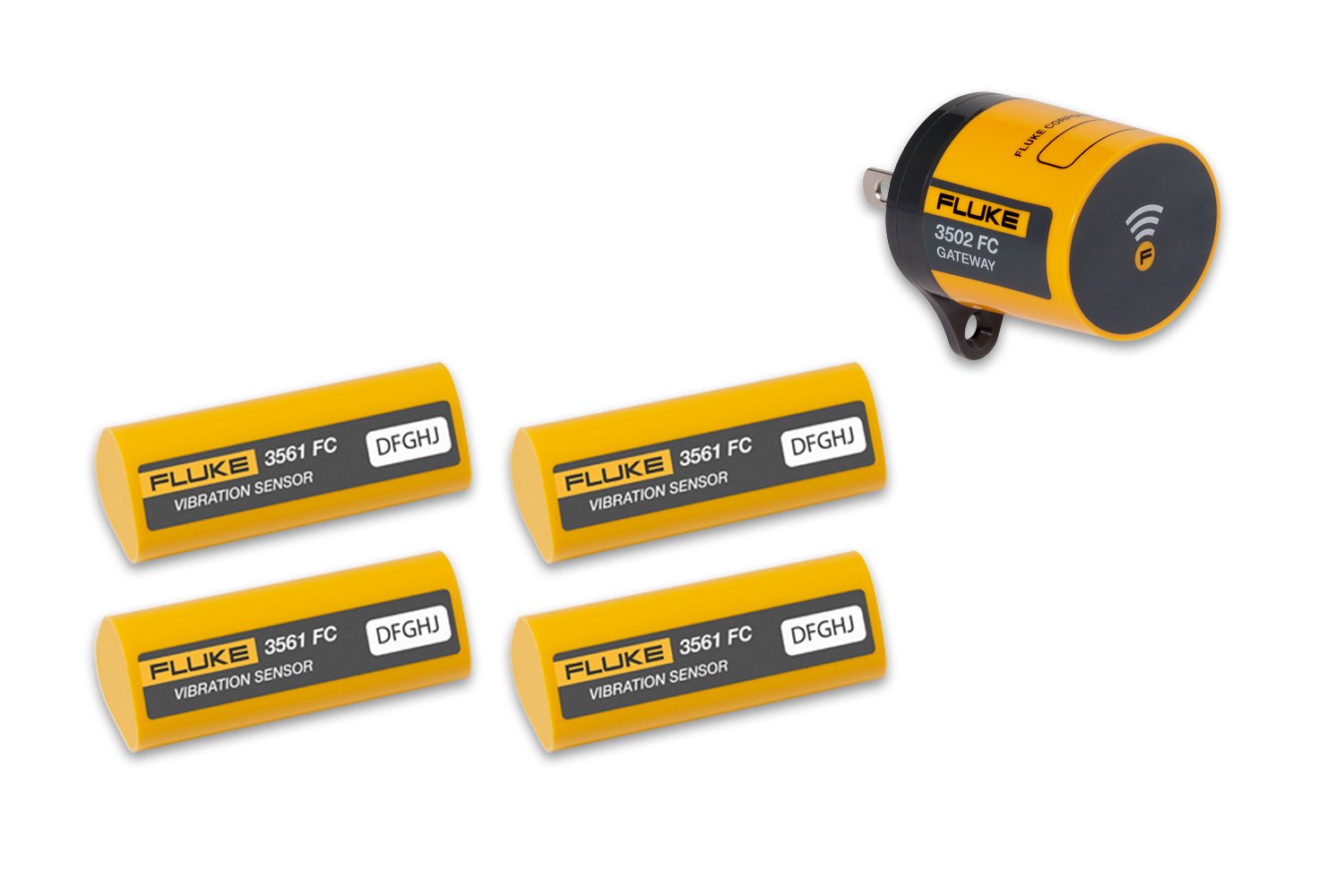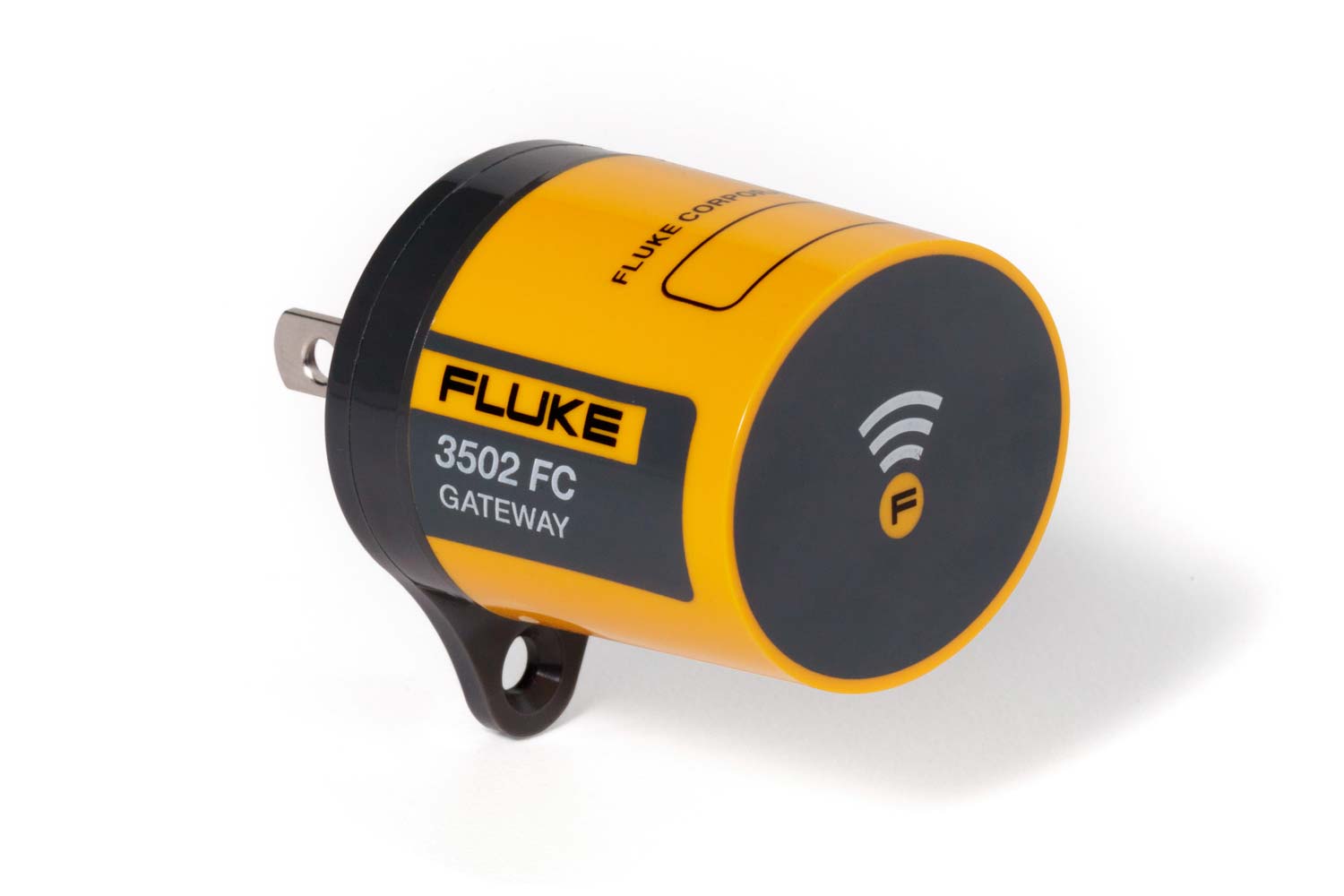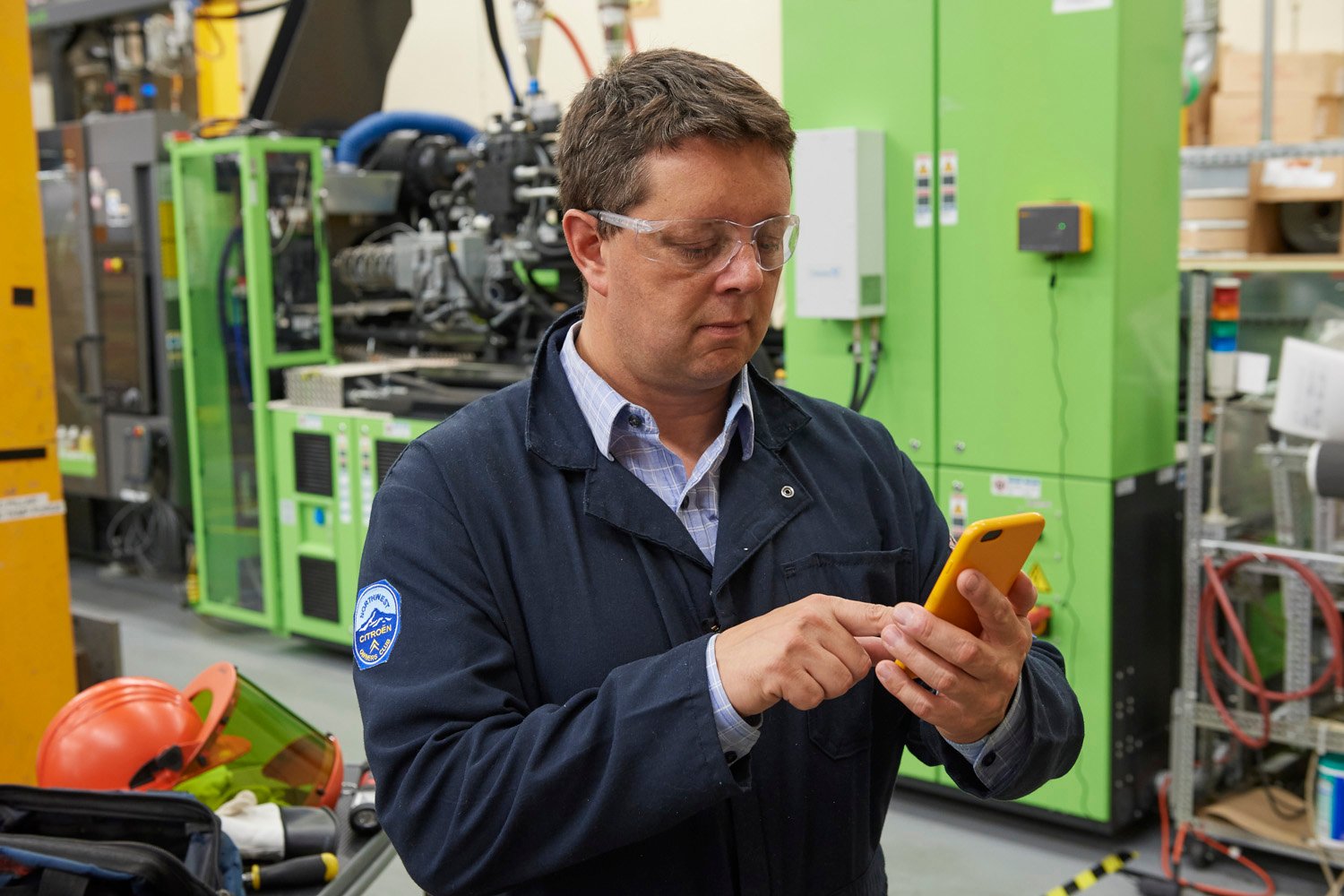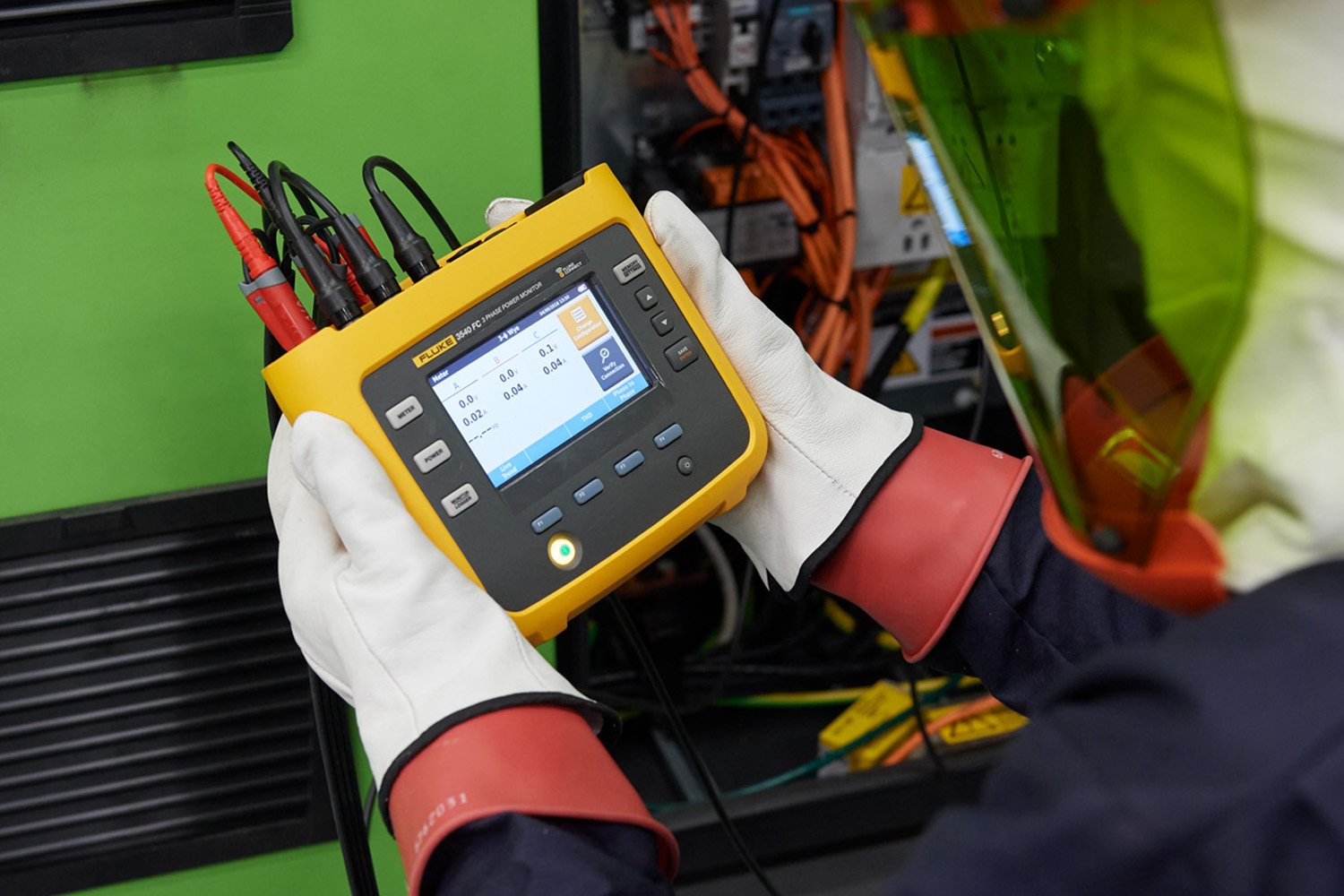Vibration Monitoring Sensors

Vibration monitoring
While all machinery vibrates, monitoring excess vibration in rotating equipment is key to early identification of asset issues. Vibration monitoring devices use accelerometers to measure changes in amplitude, frequency, and intensity of forces that damage rotating equipment. Studying vibration measurements allows teams to discover imbalance, looseness, misalignment, or bearing wear in equipment prior to failure.
Getting the most from vibration monitoring
Vibration monitoring enhances your maintenance and reliability program by:

Detecting common problems using vibration
Vibration can prematurely wear components, shorten the life of equipment, create noise, and result in safety issues. Imbalance or misalignment in rotating assets may crack or break driveshafts and other components.

Visually illustrating the severity of vibration
Vibration monitors use a color-coded hierarchy, the Fluke Overall Vibration Severity scale (FOVS), to inform teams of vibration intensity. When assets deviate from pre-set parameters, Fluke Connect™ software sends an alarm indicating thresholds have been exceeded.
Tracking asset health with temperature and vibration
Capturing changes in surface temperature, along with vibration data, may not precisely identify internal operating temperatures. However, conditional change regarding ambient temperature can be relied upon as a good indicator of impending fault.
Related products
Benefit from remote condition monitoring sensors
Condition monitoring typically leverages remote, wireless sensor technologies, including:



